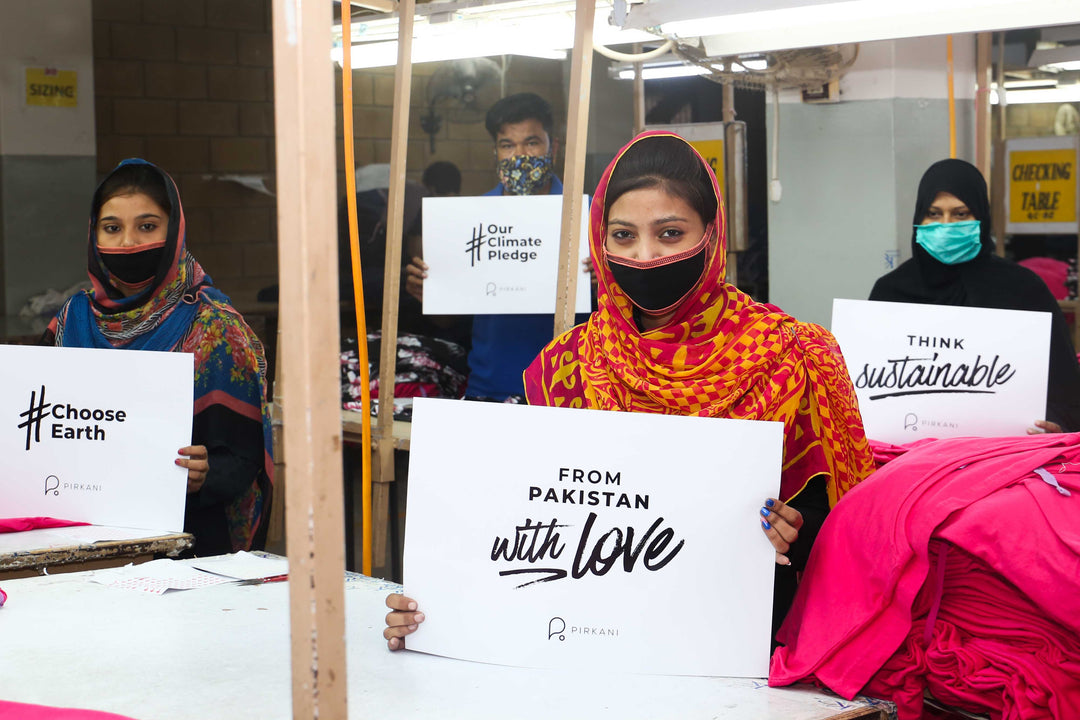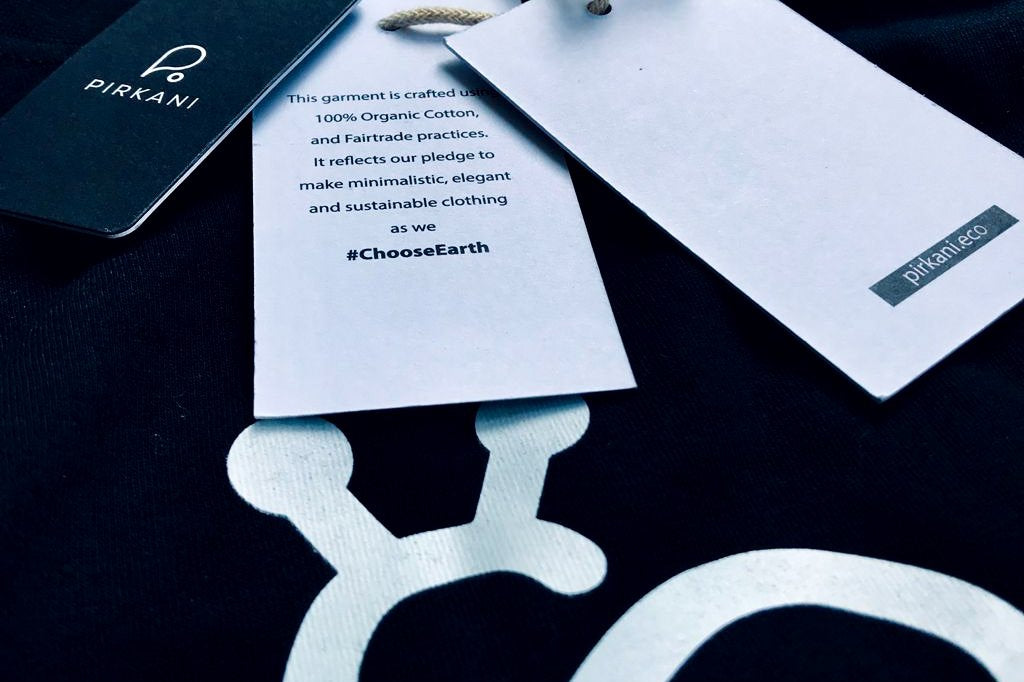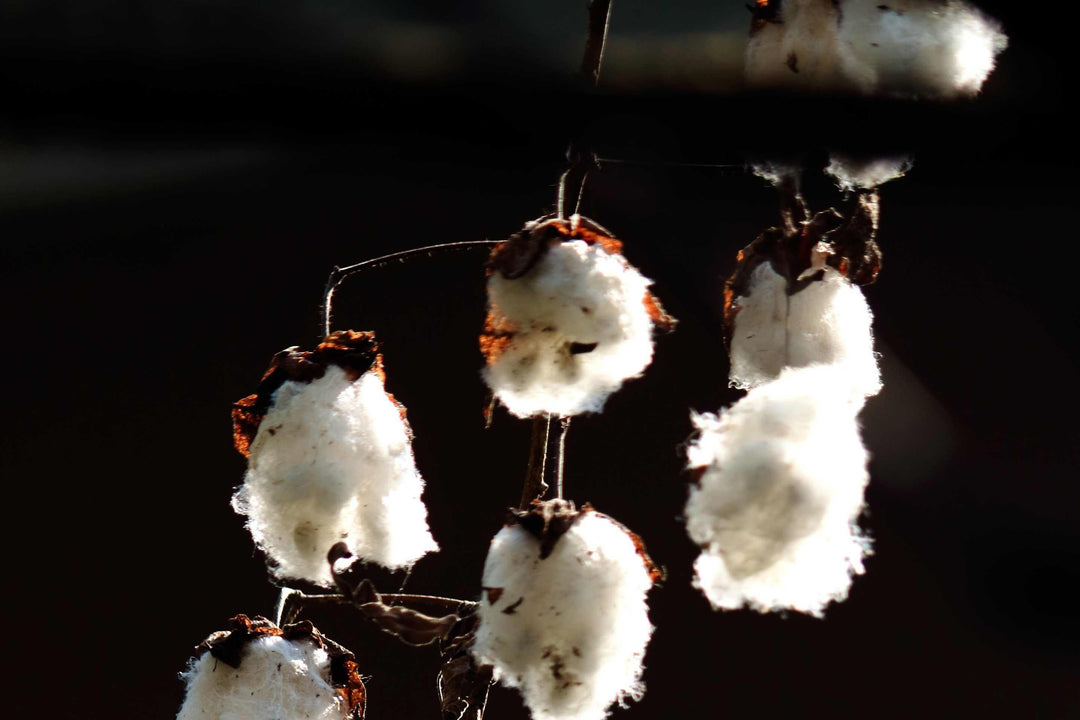Journal

We’re deep-diving into the world of the fashion industry to look at why transparency is needed and how it can be achieved. This article tackles everything from issues with transportation and packaging to the role everyday consumers can play pertaining to transparency.

Some believe that coming back to our ancestors' ways can help us live a more sustainable lifestyle. But do we need to go back to what they wore? Well, not exactly. We can use the technological advances and scientific research as a driving force behind tomorrow's sustainable fashion industry; based around our ancestors' eco-friendly clothing.
In this article, we share how innovations help make fashion ethical and eco-friendly, with new solutions and alternatives to look forward to.

One thing that puts people off eco-friendly apparel is the idea that it’s more expensive. We know it’s easy to get caught up in the sticker price in the moment. It’s worth stepping back and considering the cost in context. How long will the garment last you? Is it a long-term investment? Does it spark joy and make you feel happy with your decision? Is it the same price as what you spend on takeout?

If you’re new to sustainable fashion, you may have some questions: what makes a sustainable fabric? How is it different than conventional fabric? How is it beneficial for the eco-system? Our health and of farmers and factory workers who make the raw material?
In this article, we’ll share some of our favourite sustainable fabrics, why we consider them eco-friendly and how they would make a great addition to your closet the next time you’re looking for a piece of clothing.

In the past two decades, fast fashion has dominated every aspect of the fashion industry and changed our view of buying clothes. The industry is based on a quick stock overturn, mainly achieved through consumers buying many clothes and discarding them soon to buy new ones—havoc for the environment and sustainability.
We've created this overview of fast fashion's environmental impacts to help you understand how it massively contributes to climate change by turning garments into fashion waste.



